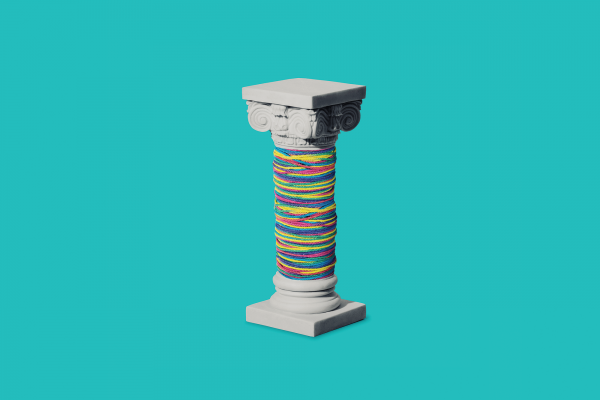IN MY TEACHING, I seek to educate students toward a robust democracy. Religious education is so often engaged with abstract concepts such as “peace” and “justice” without considering how to put these ideas into daily action. What does religious pluralism in the real world look like? How do we prepare clergy and community to face the urgent issues of our time, which are sometimes caused by religion? How can interfaith solidarity deepen solutions and build durable partnerships that will benefit all creation, especially in times of state violence?
The starting point of many theologies of religious pluralism is the notion of salvation and how a particular tradition views the “afterlife.” This paradigm, not surprising, is often future-oriented; it is hard to translate into behaviors that are inclusive not just at the belief level but also in the lived religion of individuals, communities, and institutions.
Read the Full Article

